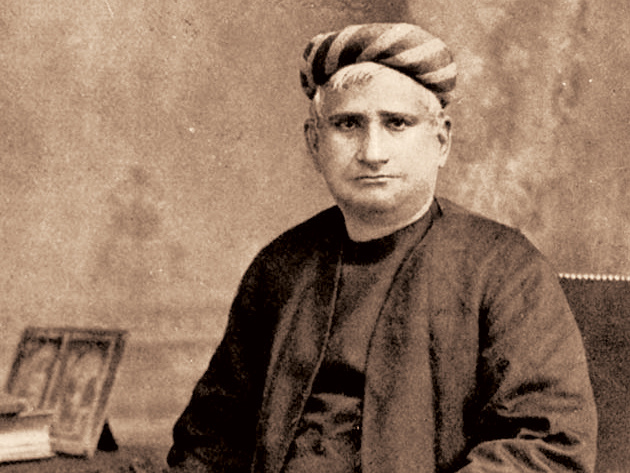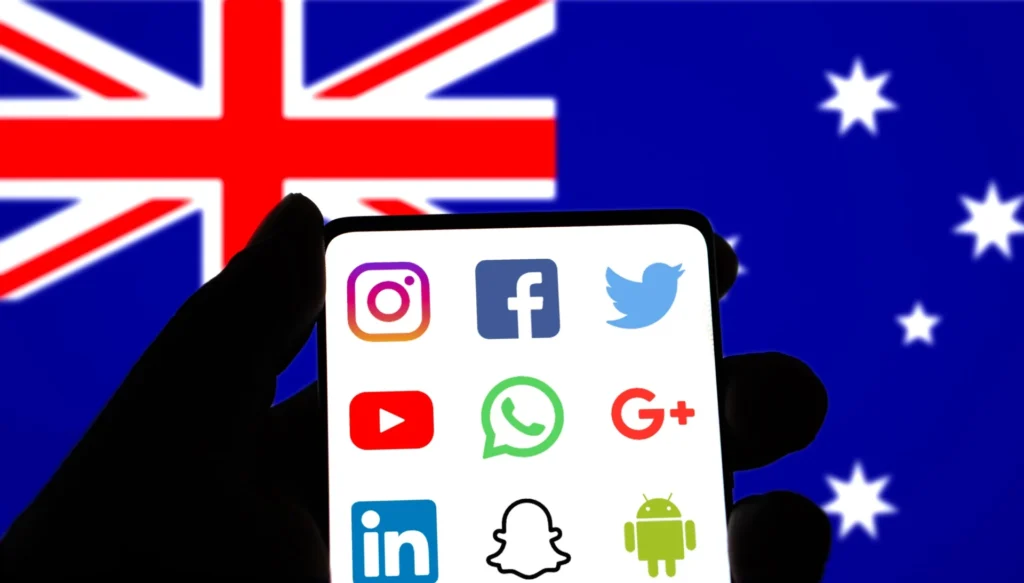Climate Change Makes Kids Sick: New Study Warns India
A recent study shows some harmful effects on kids due to climate change that seem to be rather permanent and quite daunting. The Junior Age has all the details for you!
Climate Change Makes Kids Sick: New Study Warns India Read More »





